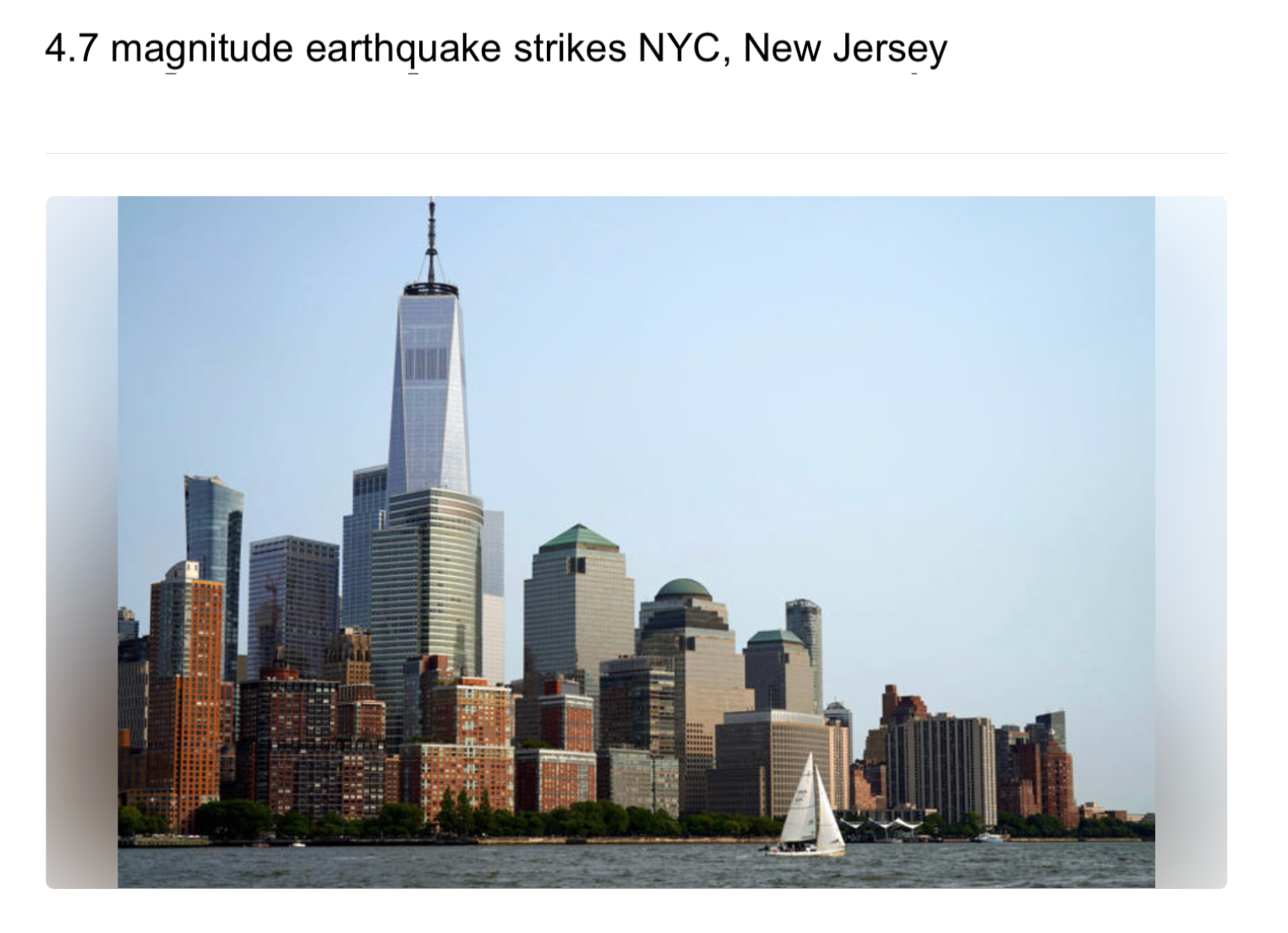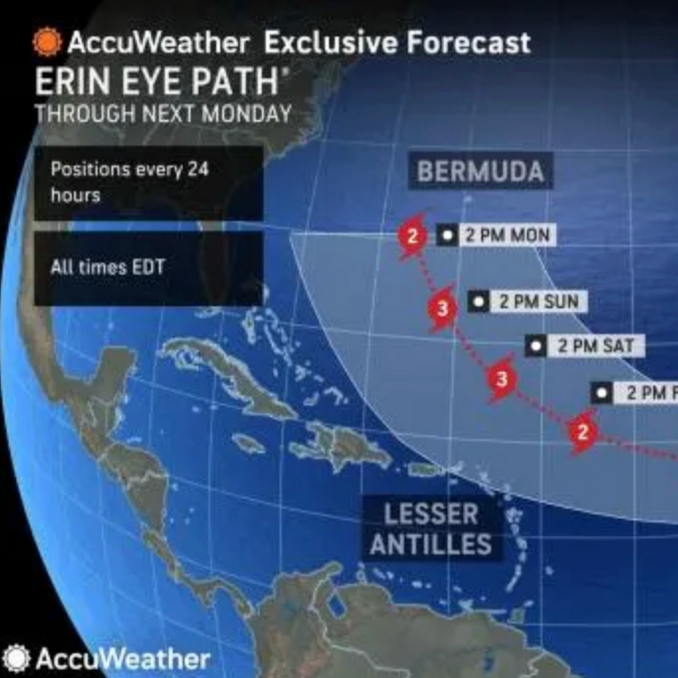Earth Movement Exclusion in Property Insurance Policies
Navigating Earthquake Damage Coverage

Property insurance is a vital safeguard for homeowners and businesses alike, offering protection against various risks such as fire, theft, and natural disasters. However, when it comes to coverage for damages caused by earthquakes, many policyholders may find themselves facing uncertainties due to the Earth Movement Exclusion clause commonly found in standard insurance policies. Let’s explore what this exclusion entails, its implications for earthquake damage coverage, and how policyholders can navigate these complexities.
What is the Earth Movement Exclusion?
The Earth Movement Exclusion is a standard provision in property insurance policies that absolves the insurer from covering damages resulting from certain earth movements. These movements typically include earthquakes, landslides, mudslides, and sinkholes. While policies vary, the exclusion generally applies to both direct and indirect damages caused by such events.
Understanding Earthquake Damage Coverage
Earthquakes are among the most devastating natural disasters, capable of causing widespread destruction to buildings, infrastructure, and personal property. Given their unpredictable nature and potential for catastrophic damage, insuring against earthquakes is crucial for individuals residing in seismically active regions.
However, obtaining adequate earthquake coverage requires careful consideration due to the Earth Movement Exclusion. While some insurance providers offer standalone earthquake insurance policies, others may offer endorsements or riders to supplement standard property insurance policies.
Navigating Coverage Options
- Standalone Earthquake Insurance: Standalone earthquake insurance policies provide comprehensive coverage specifically tailored to protect against earthquake-related damages. These policies typically cover structural damage to buildings, personal property loss, and additional living expenses incurred due to displacement.
- Endorsements or Riders: Policyholders can enhance their existing property insurance coverage by adding earthquake endorsements or riders. These additions extend coverage to include damages caused by earthquakes, effectively bypassing the Earth Movement Exclusion.
- Understanding Policy Limitations: It's essential for policyholders to review their insurance policies carefully to understand the extent of coverage and any limitations associated with earthquake-related damages. This includes assessing deductibles, coverage limits, and exclusions specific to earthquake events. Professional consultation with a professional public adjuster or insurance litigation attorney is usually advisable.
Ensuing Loss Coverage
While the Earth Movement Exclusion in a standard insurance policy may deny coverage for damages directly caused by earth movements such as earthquakes, ensuing loss coverage can offer protection for subsequent damages that occur as a result of the excluded peril. Understanding the interplay between these provisions is crucial for policyholders to assess their coverage needs comprehensively and mitigate potential risks effectively.
Ensuing loss coverage can affect the earth movement exclusion contained in most insurance policies.
- Earth Movement Exclusion: The Earth Movement Exclusion specifically states that damages resulting from earth movements, including earthquakes, are not covered under the policy. This means that if a property sustains damage directly caused by an earthquake, such as structural cracks or collapse, the insurer would typically deny coverage for these damages based on the exclusion.
- Ensuant Loss Coverage: Ensuant loss coverage, on the other hand, addresses the damages that occur as a consequence or result of an excluded peril, such as earth movement. While the initial cause of the damage (earthquake) is excluded from coverage, ensuing loss coverage may provide coverage for subsequent damages that were not directly caused by the excluded peril itself.
- Example Scenario: Let's consider a scenario where an earthquake occurs, triggering a fire that damages a home. Since earthquake damage is excluded under the Earth Movement Exclusion, the insurer may deny coverage for the direct damages caused by the earthquake, such as cracks in the foundation. However, ensuing loss coverage may apply to cover the damages resulting from the fire itself, such as structural and personal property damage.
- Limitations and Conditions: It's important to note that ensuing loss coverage typically comes with limitations and conditions. For instance, the policy may require that the ensuing loss be a direct result of the excluded peril, and it may exclude coverage for certain types of ensuing damages. Additionally, the extent of coverage provided by ensuing loss coverage may vary depending on the specific policy language and endorsements.
- Reviewing Policy Language: Policyholders should carefully review their insurance policies with a professional public adjuster or insurance litigation attorney to understand the scope of ensuing loss coverage and any applicable exclusions or limitations. It's also advisable to consult with an insurance agent or legal professional to clarify any ambiguities and ensure adequate coverage for potential ensuing losses resulting from excluded perils like earth movement.
The Earth Movement Exclusion in standard property insurance policies poses challenges for individuals seeking coverage against earthquake damages. Understanding the implications of this exclusion and exploring alternative coverage options such as standalone earthquake insurance or endorsements can help mitigate risks effectively. By navigating these complexities and prioritizing risk management strategies, homeowners and businesses can better protect themselves against the uncertainties of seismic events.
Eastern Public is a complete property insurance claims and risk management firm based in New York. With over 20 years of experience, we are licensed to serve clients in the greater New York City area and across the East Coast, including New York, New Jersey, Pennsylvania, Connecticut, Massachusetts, Vermont, Maine, Rhode Island, DC, Maryland, North Carolina, South Carolina, Kentucky, and Georgia. For 24/7 claims advice and service, contact us
at
(929) 999.4674
or
info@EasternPublic.com
.
Our Work
News & Press







